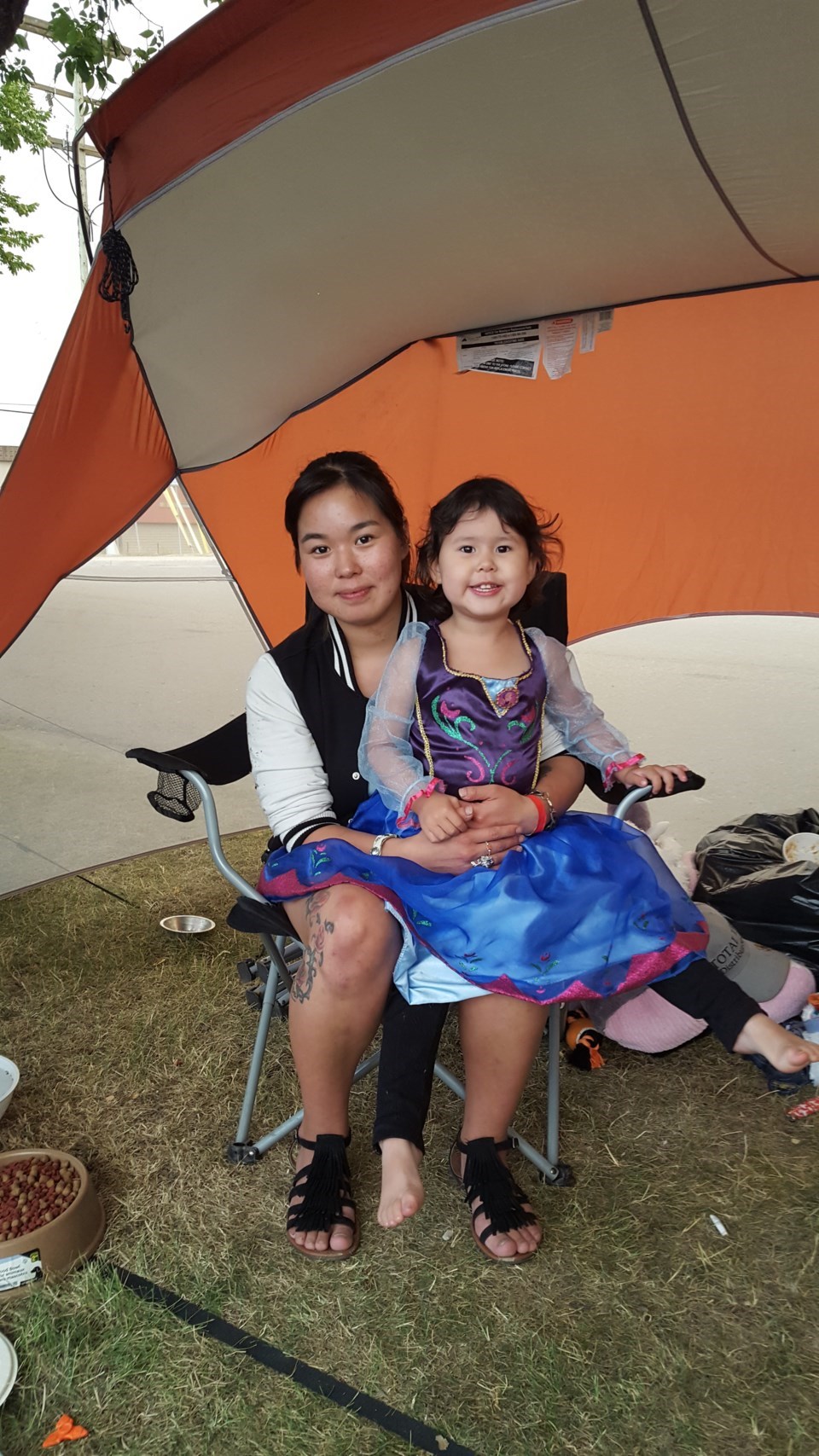This morning’s test of the emergency alert system that went out to cellphone users and interrupted radio and TV broadcasts across Canada was designed to get everybody thinking.
What would you do it was a real emergency?
If it was wildfire, a flood or an earthquake, would you know what to do if you suddenly had to leave the safety of your home or workplace to escape a potential threat to public safety?
With this being Emergency Preparedness Week, Tanya Spooner, manager of emergency programs for the City of Prince George, wants people to start with checking three items off their list.
“There’s three main points here for people, preparing your home using some of the FireSmart tips, preparing your family with things like your plan and your emergency kit, and then preparing for an evacuation like having your Service BC app set up and registering for the City’s alert system,” said Spooner.
“It's crucial for families to devise a clear plan of action tailored to their specific circumstances. The City is actively planning for how we would respond to a wildfire event, as well as preparing for evacuees from other areas.”
Spooner says an emergency kit should contain drinking water, food that doesn’t need to be refrigerated, canned goods/can opener, a flashlight, blanket, battery-powered or hand-crank radio, a power bank to recharge cell phones, pet supplies and an extra leash.
What happened in Fort McMurray in May 2016 when 2,400 homes burned, prompting Alberta’s largest wildfire evacuation, could happen in Prince George.
“It is certainly a possibility, it’s every emergency manager’s worst fear,” said Spooner.
“The reality is there is potential for a major wildfire event that impacts an entire community in any forest community, so the best thing we can do is do the mitigation work that we have been doing. We have to communicate effectively to the residents on how to prepare themselves how to prepare their homes and to really have a plan for how we would respond.”
Drought conditions from last year persist in the region and lower-than-normal snowpack levels have resulted in less moisture percolating into the ground.
“Nobody can predict what precipitation levels are going to be like, particularly in May and June, so we don’t know that it’s going to be a big wildfire season but we all anticipate it because two of those three markers are already there that make us believe that it’s a significant possibility and we should be preparing for it,” said Spooner.
Making your home and property less likely to burn in a wildfire can be as simple and raking up the brush and removing ladder fuels that fall as dead branches from trees.
Spooner says homeowners can do a lot to reduce fire risks by as much as 90 per cent if they remove combustible material within a 20-30-metre radius. Evergreen trees, cedars and junipers are more likely to burn than deciduous plants and bark mulch also can be a fire hazard. Branches and leaves that fall on rooves and collect in gutters should be removed.
The region and much of the province remains under severe drought conditions and Spooner says people have to be vigilant about campfires and bear bangers , which act like fireworks and can easily spark a wildfire.
If you have cedar shingles or siding, think about replacing them with less flammable material.
Last year the city completed fire mitigation work in the Malaspina/College Heights area west of the Fraser River and the lower Pidherny Recreation Site near North Nechako Road.
This spring crews have busy removing forest fuels, thinning trees and removing dead branches in the University Heights area off Broddy Road, south of Tyner Boulevard and that work should be done by the end of summer.
The work also creates buffer zones between homes and wild area while preserving mature trees and wildlife habitat and promoting deciduous growth.
Prince George was a hub for the large-scale wildfire evacuations in 2017 and 2018 and Spooner said much was learned by city staff from that experience and there is more provincial help in place with the Emergency Support Services program.
Spooner said the city is ready to use tools like the public notification system and the designated community evacuation assembly points and has a solid plan in place to run the evacuee reception centre and operate the registration system.
“There’s more continuity with how we respond with the digital registration system,” said Spooner.
The new system registers each evacuee in a computer database and it replaces the paper registration system which was all on paper during the first major evacuation in 2017. The evacuees were registered at the College of New Caledonia that year, resulting in 50,000 pieces of paper that had to be processed
The new ESS centre is three ATCO-style trailers set up in the Kin Centre parking lot overlooking the Exhibition Park speedskating oval. Evacuees used to be sent to the Kin Centre’s food service area between Kin 1 and Kin 2, which tied up that space during the summer months. The evacuation centre would have to be moved to another site temporarily when trade shows and the BC Northern Exhibition were occupying the arenas and that won’t have to happen now.



